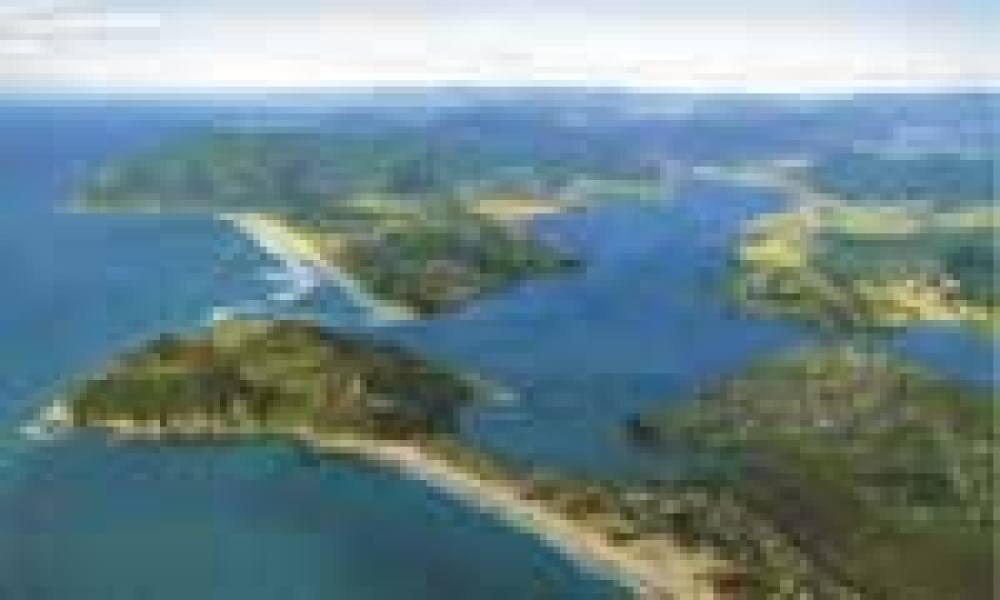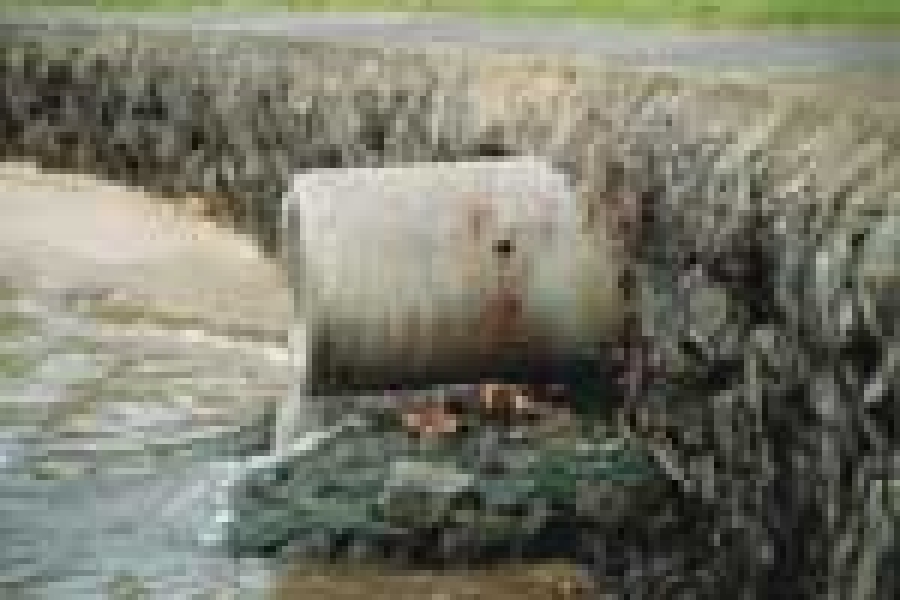An estuary is a semi-enclosed embayment, with a free connection to the sea at one end and a freshwater supply at the other, and within which fresh and salty waters mix.
Estuaries have a life: they are born, they age, and they die. Birth occurred gradually from around 10,000 years ago, when the ocean began rising from about 150 m below its present level. As the ocean rose, it also marched across the landscape, drowning everything in its path. Around 6,500 years ago, the sea stabilised at more or less its present level, the coastline as we know it today began to become recognisable, and New Zealand’s current quota of around 300 estuaries was established.
The Estuary Environment Classification (EEC) categorises New Zealand’s estuaries based on climatic, oceanic, riverine and catchment factors which, together, broadly determine physical and biological characteristics of estuaries. The EEC is utilised in NIWA’s Freshwater Information New Zealand.
With sea level stable, our estuaries then began to age: they have filled out with sediment, and grown an ecology. The article 'How estuaries grow old' describes how sediment infilling ages estuaries.
Read the Water & Atmosphere article 'How estuaries grow old'
In essence, estuaries fill with sediments from both ends: muddy “terrigenous” (derived from the land) sediments, eroded from the land and delivered mainly by rivers and streams during floods, fill the upper reaches; and marine sands, washed in through the mouth on a regular basis by tides and waves, fill the lower reaches. Today, many of our estuaries are largely infilled with sediment, and mud meets with sand in the middle reaches, and a fight for dominance ensues.
You will read a lot in here about the “sediment threat” to estuaries. Indeed, most of the issues that are going to be described in a later section relate to that threat. But why is sediment such a problem in estuaries? Isn’t it natural?
Think of it this way. The number-one control on an estuary’s ecology is its physical configuration: depth, pattern of subtidal (submerged at all stages of the tide) and intertidal (emerges from the water at low tide) habitats, and the nature of the substrate (mud, sand, or some mixture of the two). For example, you don’t see mangroves growing in deep channels, and you don’t find pipis in mudbanks that are submerged only for an hour or two every tide. In other words, everything likes to live in a particular kind of special place. If you change the physical nature of the estuary, then changes in the ecology inevitably follow.
So, how would you go about changing the ecology of an estuary if you had to?
The easiest way would be to increase sediment runoff (see the glossary at the bottom of this page) from the land, which would increase the rate of infilling and alter the balance between terrigenous muds and marine sands in the estuary. It turns out that this is exactly what we have been doing for several centuries now.
For example, before people arrived in New Zealand, a typical sedimentation rate (see the glossary at the bottom of this page) was 1 mm per year. But, with widespread removal of native forest, agriculture, roadbuilding and urban development accelerating soil erosion on the land, that figure is now some ten times or more higher (see 'What happens in estuaries during floods?'). This means our estuaries are getting shallower – which affects what lives where.
Read the Water & Atmosphere article 'What happens in estuaries during floods?'
At the same time, eroded soils spread out over and smother previously sandy areas of the estuary, and also turn the waters more turbid (see the glossary at the bottom of this page). Again, the result is a changed ecology, which we will see in detail shortly.
Every time we “disturb the catchment” (see the glossary at the bottom of this page) – for example, by roadbuilding and site development without controlling silt runoff, by logging without revegetation or proper management of access roads, by poor agricultural practices – we change the estuary. As we shall see, there is an ecological price to pay.
There are many other ways that we stress our estuaries: we discharge sewerage into them; we inadvertently fertilise them; we design buildings that leach heavy metals into them; we overfish them; and we let invasive species invade them. Still, it is fair to say that accelerated sediment erosion on the land has done, and is still doing, the most damage to our estuaries.
It is worth noting that the estuary aging metaphor is comprehensive: estuaries can also die by completely filling with sediment. We know that this has already happened in New Zealand (Hot Water Beach and Waikawau on the eastern Coromandel Peninsula are mentioned in 'How estuaries grow old'), and increasingly rapid mangrove expansion might be signalling onset of old age for many other North Island estuaries.
Read the Water & Atmosphere article 'How estuaries grow old'
-----
Glossary
Sediment runoff: sediment eroded from the land and transported down to the coast by flowing water.
Sedimentation rate: rate at which sediment permanently settles on the bed of an estuary, causing it to get shallower. Sedimentation rate will normally vary throughout an estuary, being highest in sheltered areas.
Turbidity: roughly, the clarity of the water. “Cloudy” or “dirty” water is turbid, which is usually caused by large amounts of particulate matter suspended in the water, e.g., fine sediments eroded from the land.
The term "disturbed catchment” indicates a catchment that is losing sediment faster than it would under native forest.



